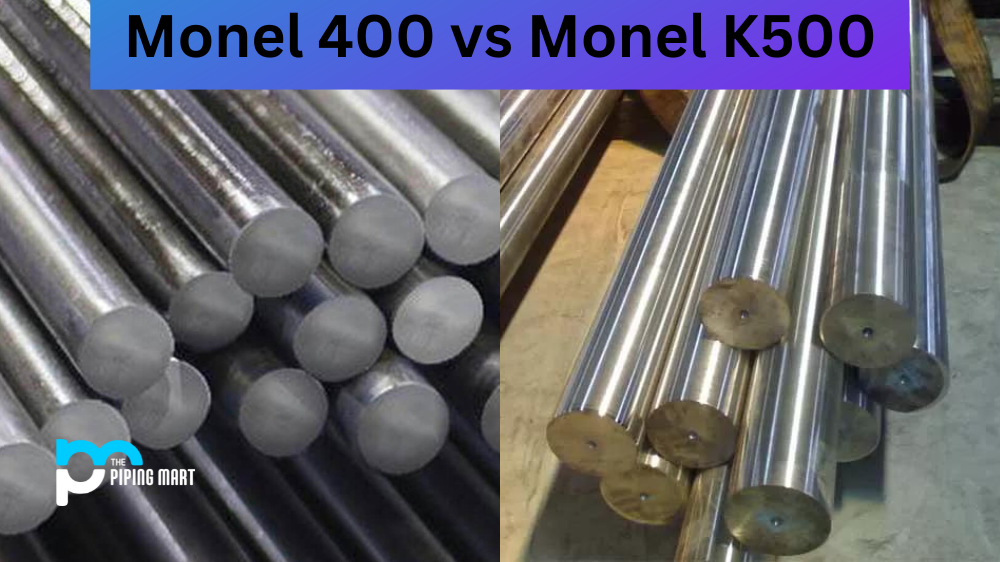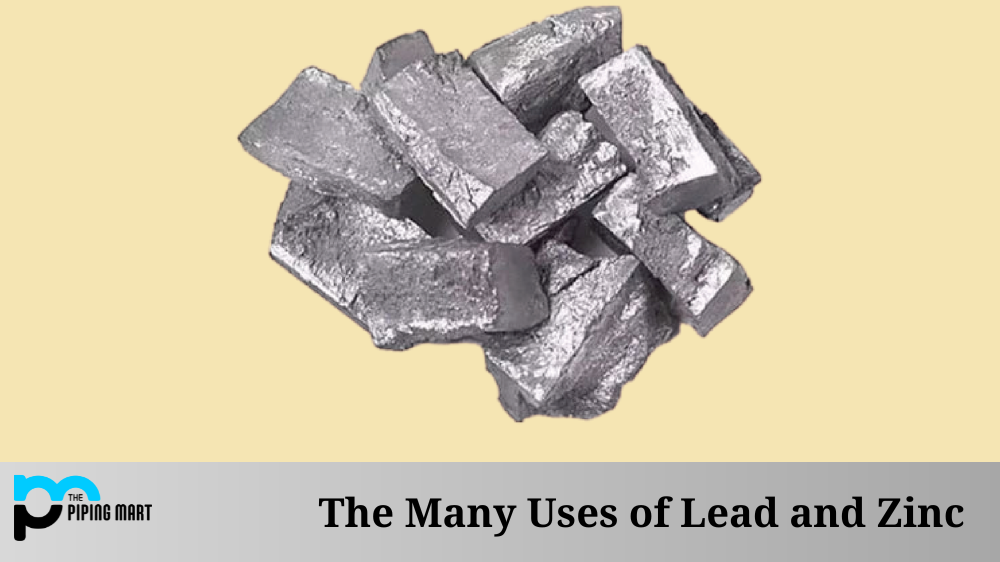When choosing the right material for various industrial applications, you must consider strength, durability, and corrosion resistance. Monel is a nickel-copper alloy commonly used for various industrial applications due to its excellent properties. However, it comes in different grades, and most people need help to choose between Monel 400 and Monel K500. This blog post will explore and understand the differences between Monel 400 and Monel K500 and help you decide which is best for your application.
What is Monel 400?
Monel 400 is an alloy composed of two primary elements: nickel and copper. It also contains small amounts of iron, manganese, carbon, and silicon. Monel 400 is known for being highly corrosion-resistant and having excellent mechanical properties. It is often used in marine applications due to its resistance to saltwater corrosion.
What is Monel K500?
Monel K500 is an alloy composed of three primary elements: nickel, copper, and aluminium. It also contains small amounts of iron, manganese, carbon, and silicon. Monel K500 is known for being highly corrosion-resistant and for having excellent mechanical properties. It is often used in marine applications due to its resistance to saltwater corrosion.
Difference Between Monel 400 and Monel K500
Cost
Monel 400 is typically more expensive than Monel K500 due to its higher nickel content. However, both alloys are relatively affordable compared to other metals with similar properties.
Chemical Composition and Production Process
Monel 400 is an alloy that comprises 63% nickel and 33% copper, with minor additions of other elements such as iron, manganese, and silicon. It is produced using a hot-rolling process and is highly corrosion-resistant to seawater, hydrofluoric acid, and sulfuric acid. Monel K500, on the other hand, has a higher concentration of nickel (around 65-70%) and includes small amounts of aluminium and titanium. It is produced using a cold-rolling process and exhibits superior strength and hardness compared to Monel 400.
Mechanical Properties
Monel 400 has a low yield strength of around 240 MPa and low tensile strength of about 520 MPa. It displays excellent flexibility and is ideal for applications requiring high resistance to corrosion. Monel K500, on the other hand, has a yield strength of around 480 MPa and a tensile strength of 1100 MPa, making it a more robust and harder Monel alloy.
Corrosion Resistance
Monel 400 and Monel K500 have excellent corrosion resistance properties but differ in their resistance to varying environments. Monel 400 is more suitable for seawater applications and has high resistance to corrosion by oxidizing acids such as nitric acid. Monel K500, on the other hand, is more resistant to stress corrosion cracking, making it ideal for use in harsh environments such as oil and gas production.
Weldability
Monel 400 is easily weldable using conventional welding techniques such as TIG welding, MIG welding, and resistance welding. Monel K500 also has excellent weldability but requires preheating before welding to avoid cracking. Monel K500 is also susceptible to hydrogen embrittlement, which calls for proper attention to the welding process.
Applications
Monel 400 is commonly used in marine engineering, chemical processing, and hydrocarbon processing industries, while Monel K500 is ideal for valve components, pump shafts, springs, and oil well drill collars. Selecting the right Monel alloy for your application is critical, with factors such as environment, strength requirements, and corrosive agents affecting the decision.
Conclusion
Choosing the right Monel alloy for your application depends on your needs and requirements. Monel 400 and Monel K500 are excellent choices for applications with differing properties and characteristics. While Monel 400 is more suitable for seawater environments, Monel K500 is ideal for oil and gas production environments. It’s essential to engage with a reputable supplier with vast experience in the industry to help you make an informed decision.
Sakshee is a talented blogger, with a particular focus on the Business and Metal Industry. She is passionate about sharing her insights on various metal products and helping professionals to make a better decisions.




